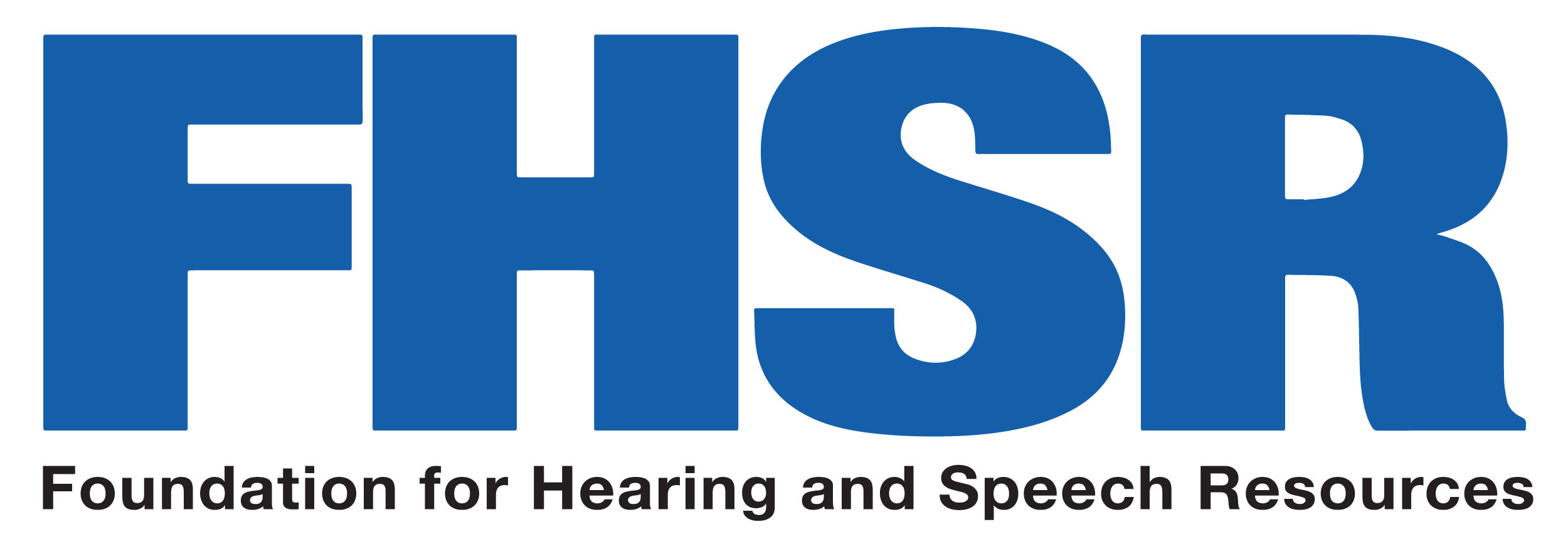For those that use sign language as their primary approach to language access, there are language development milestones to consider that are specific to sign language. These milestones can be used to monitor ASL development in young children. One such checklist used by the California School for the Deaf in Fremont is listed below.
Sign order used to show semantic relations
Begins to use classifiers to represent objects (with little or no movement); types limited by the handshapes child can produce
Begins to use varied inflected verb forms (directional/agreement, dual, temporal aspect)
Attempts more complex signs but substitutes basic handshapes for the complex handshapes
Begins to use non-manual markers (raised/squinted eyebrows) for YES/NO and WH-questions
Demonstrates negation with headshake or sign “NO”
Begins to use possessive (your, mine) and plural (US-TWO, YOU-THREE) pronouns
Refers to things around them during conversations and storytelling; may copy the actions and facial expressions of others in a story
Begins to mark distinctions between noun-verb pairs (FLY/AIRPLANE)
Uses classifiers to show objects and movements of these objects
Begins to make modifications to verb signs to show the manner and amount of time involved in an activity (temporal aspect) by changing the movement of the sign and/or adding facial expressions
All “real world” pronouns (pointing at objects and people in the immediate environment) used correctly
Tells stories through use of objects or role-playing; may not always show clearly who is speaking or doing something
More complex handshapes and movement (wiggling fingers, twisting wrists) used accurately
Begins to use noun modifications to show different meaning (e.g. repeating the noun to show plural)
Simple sentences still used buy complex sentences including topicalization and rhetorical questions emerging
Begins to set up points in space to establish location for people and objects not present in the environment
Role-playing used more frequently with characters clearly identified but skills to show changes in roles such as body shifts, eye gaze and facial expression not used consistently
Clear and consistent use of complex handshapes and movement
Fingerspelling used more
Use of complex sentences including relative clauses and conditionals continuing to expand
Use of verb modifications to show intensity, manner, number and distribution continuing to expand
Use of abstract referencing to talk about people and things not in the present environment
Storytelling becomes more “adult like”; makes frequent self corrections
Takes on a variety of roles during conversation and storytelling; changes in roles indicated through facial expression, body shifts and eye gaze shown clearly and consistently
LOOKING FOR MORE INFORMATION?
https://wvde.state.wv.us/osp/ASLDevelopmentalchecklist.pdf has an ASL specific development checklist….scroll down to the 5th page to see the specific milestones for ASL. This one does go up to age 6.



